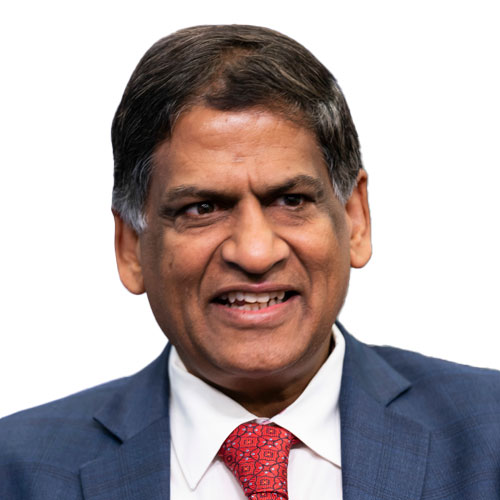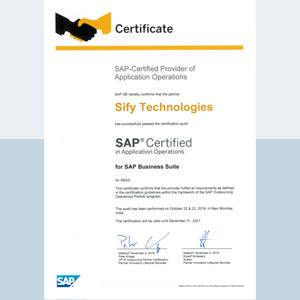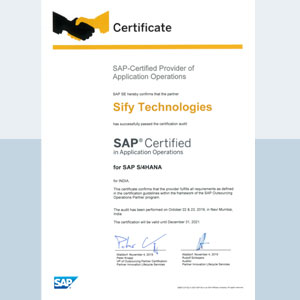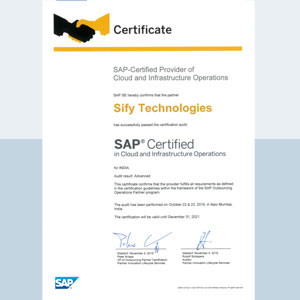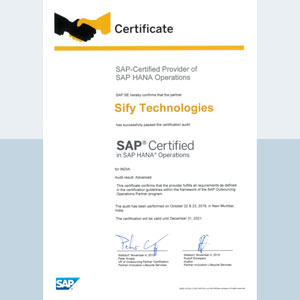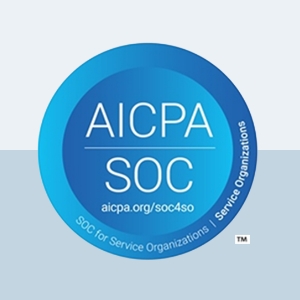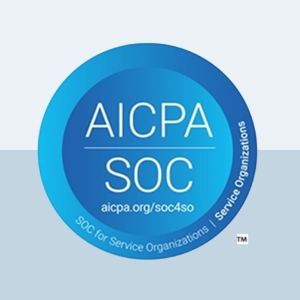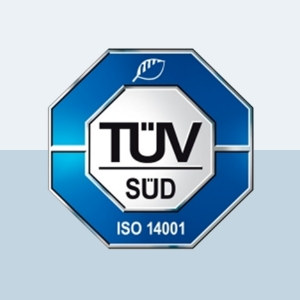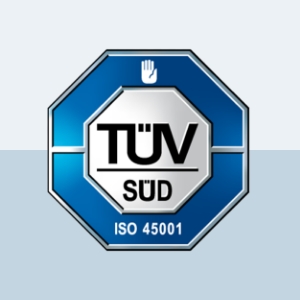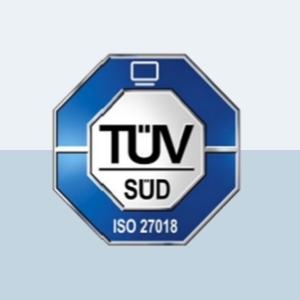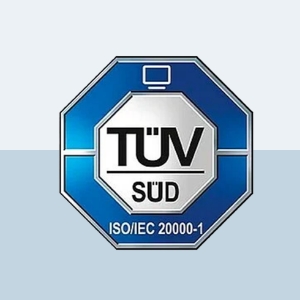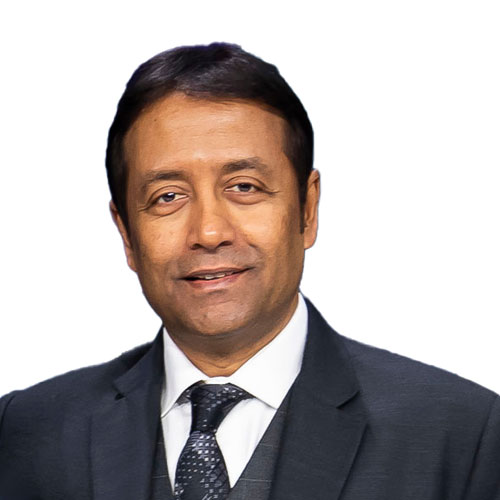How Digital Transformation made eGovernance possible in India
Government and public service bodies were the late entrants into the digital world; slow and hesitant at the start they have now embraced digital with gusto. What started as online payment portals for electricity and phone bills has developed into a mission to provide digital access to all citizens.
The Digital Start
The first step to digitization started with online payment portals for public utilities, digitization of data such as land records, e-procurement projects and public sector banks sites.
The start was rocky, plagued with continuous downtime and untrained employees, but as Internet and digital technologies improved, these initial unwieldy digital platforms transformed into sophisticated Common Service Centers (CSC), access points connecting 2.5 lakh villages to a multitude of e-Services, from banking services to train ticketing and healthcare to agricultural information.
e-Governance matures – Aadhaar and India Stack
With Aadhaar and India Stack, the Government has finally incorporated Digital in its DNA. With more than a billion people registered – Aadhaar is the world’s largest biometric identity project. Launched in 2010, it is the ultimate example of IT technology joining hands with the government to radically change public service delivery.
The India Stack consists of digitized layers built on top of Aadhaar:e-KYC, eSign, Digital Locker and Unified Payment Interface. Together they create an end-to-end digital architecture that enables a paperless, cashless and presence less system. And the Government has made this user base of over a billion people available as an open API, enabling organizations and developers to innovate and build on the robust foundation of the India Stack.
Vision of Digital India
In 2015, the Government has laid out a clear vision for the digital future of India – to provide good governance that leads to inclusive growth, better jobs and access to services for all citizens. The Digital India Campaign, with a slew of policy initiatives, products and excellence centers, aims to fulfill this vision of making India truly Digital.
e-Governance has certainly come a long way since its inception, successful implementation of digital technologies has ensured, that the days of unending queues and unresponsive services are long gone. The next step is to move beyond providing services and become an instrument for good governance, transforming into a two-way channel of communication between the Government and its Citizens.
Watch the video below to see how Sify helps India Post, one of the oldest communications provider touching every part of the country, transform itself to a services centers while retaining the post and logistics.
Journey to a digital platform – 5 challenges businesses need to overcome
The IT industry is no stranger to digital disruption, over the last 3 decades, new trends and technological leaps have time and again changed the direction of the industry. The first wave in 1990s permanently transformed industries such as music, photography and video rental and the 2000s saw major disruption in industries like television, travel and recruitment. We now face the third wave of digital disruption, brought on by the huge amounts of rich data produced by social media and mobile technologies.
How quickly and efficiently businesses respond to this challenge, will determine whether they will be competitive and profitable in the coming decades.
Challenges of Digital Transformation
State of existing IT
Business need to know where they stand in terms of their IT readiness.For digitally mature organizations the change is manageable, but some businesses might have to restructure and invest more deeply to embrace the digital environment.
Change Management
The digital way of working is based on openness and creativity; it promotes a flatter and less controlled organization. Enterprises need to embrace and incorporate this into their work culture and existing workforce must be motivated to join this new work culture with an open mind.
Digital Employees
For a business to succeed in a digital world, it needs to be staffed with people who live digital and breathe data. To fully understand the digital experience offered to customers, managers have to be comfortable with the technology themselves.
Customer is the king
Customer experience must remain the primary focus while designing and implementing digital systems. How you want to engage and service your customer? What are the business models that you offer? These are some of the questions that will drive your ultimate digital goal.
Leadership
Clear vision and strong leadership are two vital factors for long term Digital Success. Digital transformation is a top down process and a focused leader with a clear, detailed roadmap will successfully lead the organization through its digital journey.
Transformation, digital or otherwise, is crafted and enacted by people. Therefore, it’s no surprise that the success of digital transformation lies more with employees, managers and other stakeholders rather than implementing technologies. The right people will enable organizations to deal with, not just this wave of digital disruption, but all future changes that come their way.
We are Sify and we transform businesses for a digital world like no other. With our SMAC network, global inter-cloud connectivity, agile IT and seamless access across platforms, we transform the way enterprises do businesses providing a unified customer experience.









